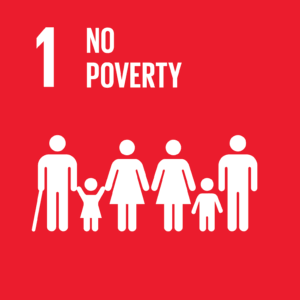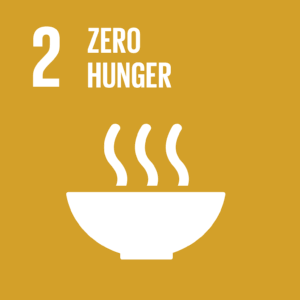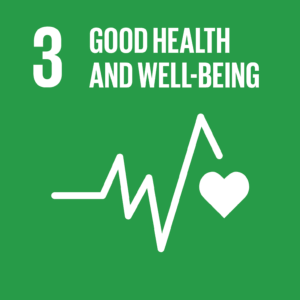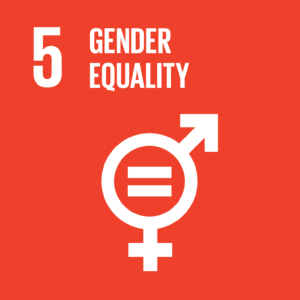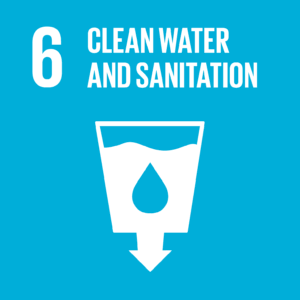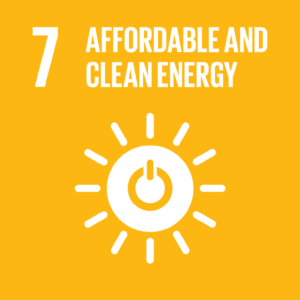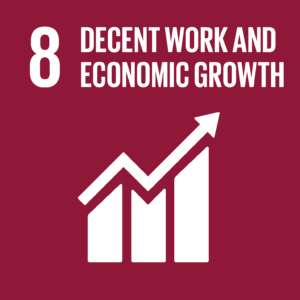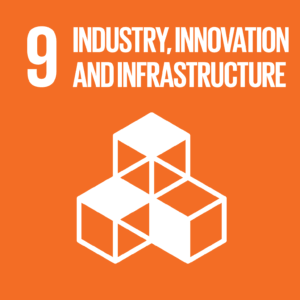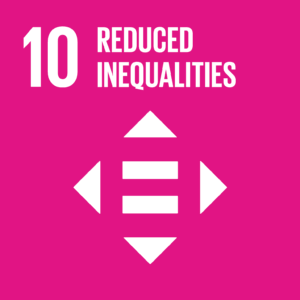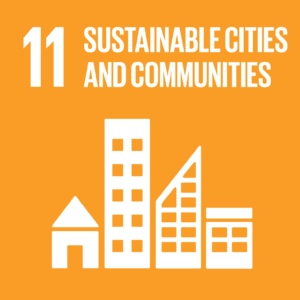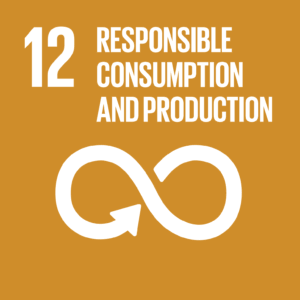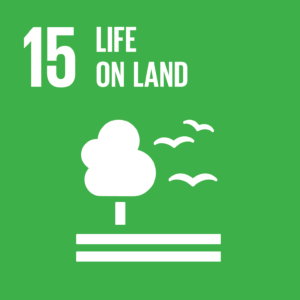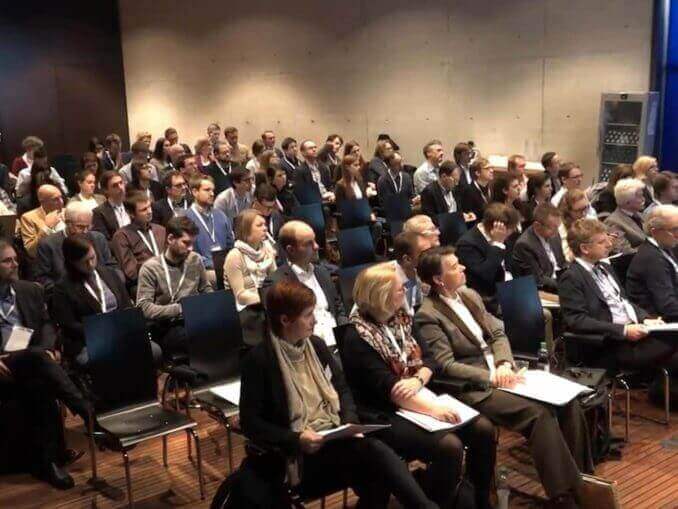
Trend researchers agree: our world is changing rapidly on a social, ecological and therefore economic level. In addition to climate change and new technological achievements, the focus is on three megatrends, among others, that are increasingly affecting the world in general and Switzerland as well. These are population growth, urbanization, and an aging population.1 All three relate to the United Nations Sustainable Development Goal 11 and underscore its importance: to make cities and human settlements inclusive, safe, resilient and sustainable.
In this introductory article to SDG 11 2, Business Sustainability Today explains the key factors for sustainable cities and the role of the construction and real estate industry in Switzerland.
Supported by

By 2050, the world’s population is expected to grow from the current 7.3 billion to 10 billion. Such population growth is expected to be driven primarily by development in emerging and developing countries.3 This megatrend influences each of the 17 Sustainable Development Goals (SDGs).
Three challenges that influence the development of sustainable cities
The second megatrend is increasing urbanization – predominantly in the southern hemisphere. Today, more than half of the global population already lives in cities. By 2050, this figure is expected to rise to 70%.4 However, urbanization in developing countries does not usually mean new buildings built to standard in core cities, but rather growing slums on the outskirts of large cities.
In its progress report on SDG 11, the UN reports that the direct and indirect effects of the COVID-19 pandemic have forced even more people to live in slums over the past two years. This is accompanied by an increasing deterioration in the quality of life.5 Regardless of its global positioning, this urbanization trend brings with it major challenges – for all cities. Cities, especially capital cities, are the main centers of economic activity and economic growth and are therefore also the main sources of polluting emissions. To reduce the latter, cities must be at the forefront – as they are in improving air quality or dealing with waste.
The third megatrend is an aging population. This trend mainly affects industrialized countries, where the number of people over 60 will exceed the number under 25 as early as 2030. But the world’s population in emerging and developing countries is also increasingly aging.6
The World Health Organization estimates that by 2050, 80% of the global elderly population will live in low- and middle-income countries.7 Although the challenges of an aging population will be more difficult to overcome in developing and emerging countries, developed countries face similar challenges.
For Switzerland, the aging trend entails a number of increased requirements. This concerns, for example, a better social integration of older persons and an earlier retirement of young persons. Consequently, Swiss cities, like large cities abroad, are challenged to position themselves accordingly. This includes, among other things, inclusive and sustainable urbanization and ensuring sustainably built, socially acceptable and affordable housing for all – especially for the elderly. Another challenge is access to safe, inclusive green and recreational spaces.
The commitment of Swiss cantons and cities to SDG 11
In its progress report on SDG 11, the UN reports that by spring 2021, 156 countries and territories have developed national urban development policies and nearly half of them are in the implementation phase.8 Swiss cantons and cities have also developed development policies on Goal 11 and are increasingly aligning themselves with the SDGs.
For example, the canton of Aargau and the canton of Fribourg report specifically on the status of development on SDG 11 and on relevant thematic areas.9 The canton of Valais sets goals in the area of “spatial development, mobility and infrastructure” and links these to the 2030 Agenda10. The capital Bern has adopted a new framework strategy for sustainable development in 2021 and reports that it is the “first city in German-speaking Switzerland (…) to apply the UN Sustainable Development Goals as a strategic basis for its activities”11. Biel has been pursuing its 2030 strategy since 201912; Zurich is pursuing its 2035 strategies13 and is also committed to the SDGs. Geneva is underlining its contribution to the SDGs with various projects.14
The contribution of construction and real estate companies to SDG 11
It is not only the cities themselves that play an important role in the development of sustainable cities. The various Swiss companies are also challenged accordingly. They make sustainable urban development possible in the first place with “green planning,” urban circulation models, and smart sustainable buildings and infrastructure.15 It is worth taking a look at the progress of the Swiss construction and real estate sectors.
Based on the results of the “Focused Reporting” benchmark analysis 2021, under which nine companies from the construction industry and ten companies from the real estate industry were analyzed16, the construction industry generally performs well in terms of reporting: it is among the top 3 sectors. Real estate, on the other hand, is one of the sectors with pent-up demand.
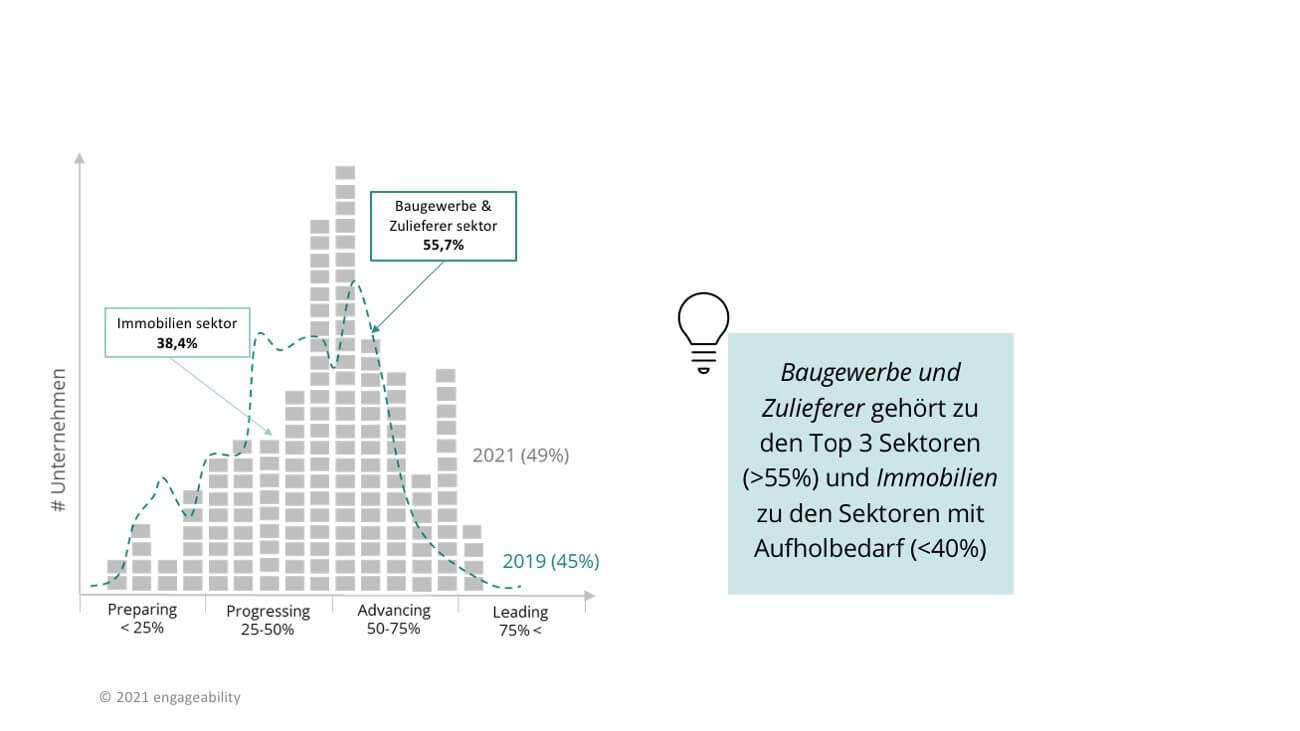
More and more Swiss companies are reporting on the Sustainable Development Goals and related issues and targets identified by organizations such as SASB and the World Economic Forum. Unsurprisingly, SDG 13 and climate action are the most frequently reported targets, and most targets are also related to SDG 13 andCO2 emissions.
In the construction sector, 89% of companies set general goals, 33% of which are SMART and impact-oriented. In the real estate sector, the figure is 70%, but only 10% of companies define SMART targets here. In the construction sector, the goals focus on the following SDGs: SDG 13, climate action; SDG 9, industry, innovation and infrastructure; and SDG 8, decent work and economic growth. SDG 11 is second, as is SDG 12, responsible consumption and production; and SDG 6, clean water and sanitation.
In real estate, SDG 13, SDG 11, and SDG 3, health and well-being, rank first, followed by SDG 8, SDG 9, SDG 12, and SDG 16, peace, justice, and strong institutions.
SMART targets for SDG 11 in the construction industry primarily relate to the reduction ofCO2 emissions through the increased use of recycled materials, waste reduction, and the reduction of fresh water consumption. In the real estate industry, Goal 11 also means targets for reducingCO2 emissions, building climate-neutral real estate portfolios, phasing out fuel and gas heating, reducing energy intensity of real estate, and increasing the share of renewable energy in electricity consumption.
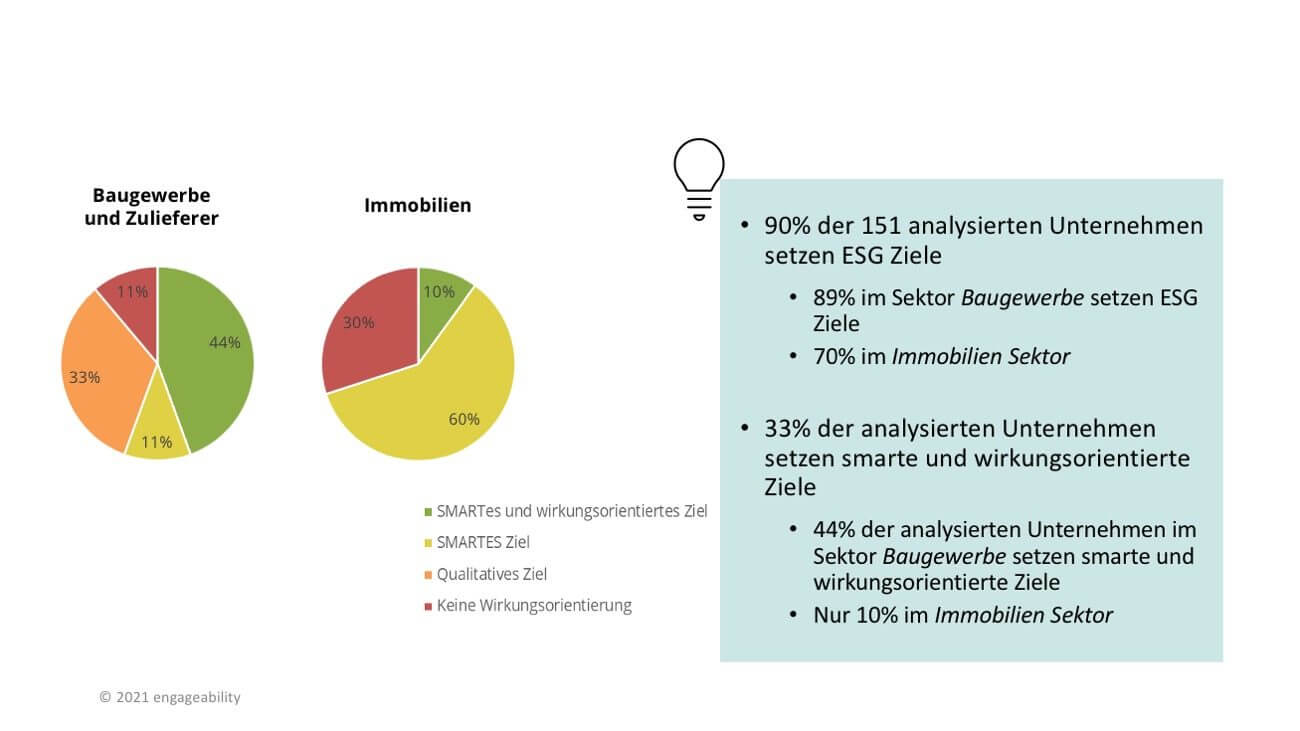
When it comes to reporting on SDG 11, you see the biggest differences between the corporate average and the construction and real estate sectors. On average, only 28% of firms report on Goal 11. In construction, 70% of firms and 50% of real estate firms report on SDG 11. The top 4 reporters in the construction sector all set impact-oriented targets on SDG 11.
Innovation: the key to SDG 11
The path to sustainable cities in Switzerland and beyond lies in the innovative power of companies that set ambitious goals and combine sustainable development with cutting-edge scientific knowledge and economic strength. When it comes to setting ambitious targets, the construction industry is rightly way out in front: thecarbon footprint at stake here is not an easy one.
The latest alternatives to materials and recycling are leading the way. These include, for example, the recarbonization of recycled concrete with CO2 from Holcim17, “Bio-Based Admixtures” from sugar cane from Sika18 or the solution of the company neustark, which removesCO2 from the atmosphere and stores it in recycled concrete19. However, achieving SDG 11 also requires socially oriented concepts, including socially just housing and access to green spaces. Such approaches, in addition to global challenges such as climate change and biodiversity loss, must also be addressed to achieve SDG 11.
Achieving Sustainability Goal 11 may seem complex and challenging from today’s perspective. However, it is also important to realize that the challenges to Goal 11 open up new fields of activity for companies and cities. In addition, local and national solution approaches can also serve as a model for other countries and thus support not only Swiss cities in sustainable development.
Read more about the challenges of SDG 11, the potential of the construction and real estate sectors in the sustainable development of cities, and circular economy solutions in the expert interview with Prof. Dr. Susanne Kytzia here.
In summary:
- Population growth, urbanization and an aging population are megatrends that also affect Switzerland – and give SDG 11 a high degree of urgency in this country as well.
- Swiss cantons and cities are becoming increasingly aware of the importance of Goal 11 and are already making specific strategic and planning-level commitments to sustainable development.
- In addition to the strategic orientation and leadership of cities, the Swiss private sector – especially the construction and real estate sector – is also called upon to contribute to the achievement of SDG 11.
- Critical to the implementation of SDG 11 are technological innovations, the inclusion of social factors, and exemplary strategic leadership of cities.
1 PWC Megatrends BlackRock Megatrends UBS Investing in the Future
2 SDG 11 and its German-language counterpart “Ziel 11” are used synonymously in this article.
3 UBS Long Term Themes Equity Fund: Investing in a better future
4 Swiss Confederation: Goal 11 -Make cities and settlements inclusive, safe, resilient, and sustainable
5 United Nations: Goal 11 – Sustainable Development
6 UBS Long Term Themes Equity Fund: Investing in a better future
7 World Health Organization: Ageing and health
8 United Nations: Goal 11 – Sustainable Development
9 Canton of Aargau – SDG 11: Sustainable Cities and Communities Strategy Sustainable Development of the State of Fribourg
10 Canton Valais: Strategy and programs for sustainable development
11 Canton of Bern: Framework strategy for sustainable development adopted
12 Canton Biel: Strategy 2030
13 City of Zurich: Strategies 2035
14 City of Geneva: Agenda 2030 for sustainable development in Switzerland and around the world
15 Deloitte: Urban future with a purpose – 12 trends shaping human living
16 focusedreporting.ch
17 Holcim: Paving the way to truly circular concrete with recarbonation
18 Sika Group: Bio Based Admixtures
19 Neustark.com

